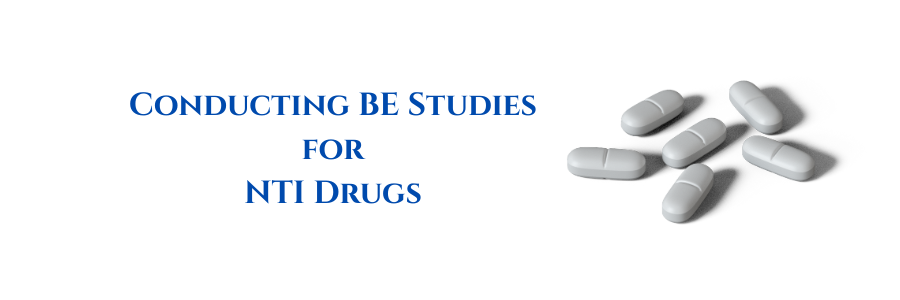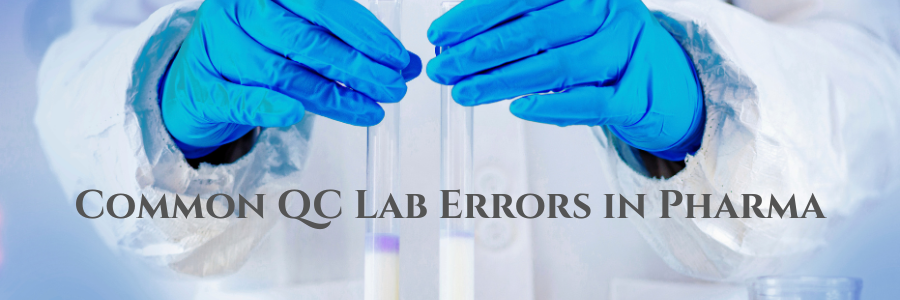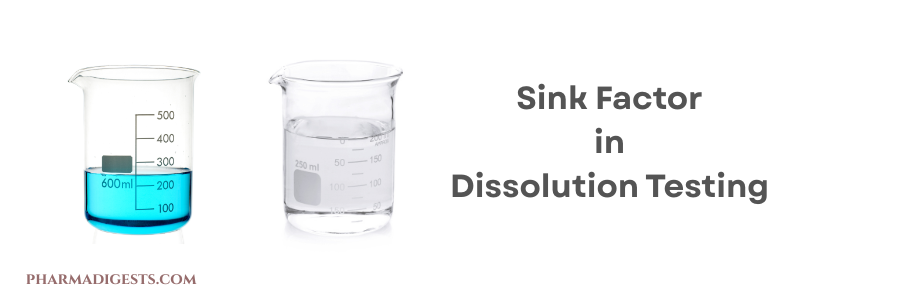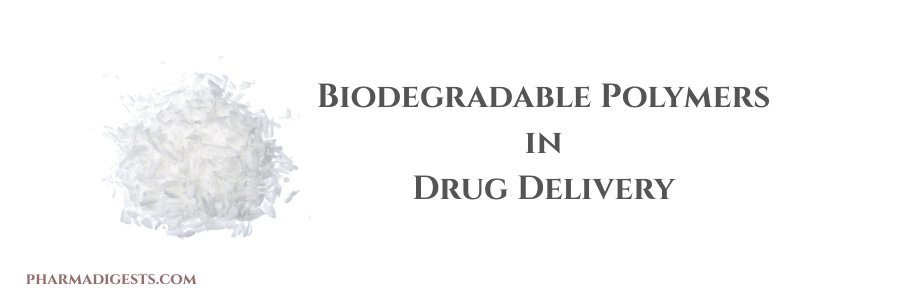Pharma Digest

Conducting BE Studies for NTI Drugs
Here’s a detailed explanation of how bioequivalence (BE) studies are conducted for narrow therapeutic index (NTI) drugs, including regulatory expectations, study design, analytical methods, and statistical analysis: Detailed Overview: Bioequivalence Study for NTI Drugs What are NTI Drugs? NTI (Narrow Therapeutic Index) drugs are those where small differences in dose ... Read More

DCP vs. MRP | Choosing the Right Regulatory Pathway in the EU
Navigating the European regulatory landscape can be complex, especially when seeking approval for medicinal products across multiple countries. Two key procedures streamline this process: Decentralized Procedure (DCP) and Mutual Recognition Procedure (MRP). While both facilitate multi-country approvals, understanding their differences is essential for strategic regulatory planning. Decentralized Procedure (DCP) DCP ... Read More

Handling Conflicting Regulatory Requirements | A Strategic Approach
In global regulatory affairs, one of the most complex challenges we face is resolving conflicting requirements from different regulatory bodies. Each agency has its own set of expectations, shaped by regional regulations, scientific perspectives, and risk tolerance. Navigating these differences requires a strategic, risk-based approach to ensure compliance while maintaining ... Read More

The Secrets of Good Peak Shape in HPLC
Achieving good peak shape in HPLC is essential for accurate quantitation, improved resolution, and extended column lifetime. A well-shaped peak is symmetrical, with a tailing factor of ~1.0, high efficiency, and narrow peak width. Key Factors Influencing Peak Shape Column Selection & Chemistry Silica Purity & Acidity: Specialized Phases: Mobile ... Read More

Fumigation in Pharmaceutical Industry
Fumigation is an important process in maintaining sterile conditions in pharmaceutical manufacturing areas. Here’s an overview of fumigation in sterile areas within the pharmaceutical industry: Purpose of Fumigation Common Fumigants Fumigation Process Steps Preparation: Sealing the Area: Application: Exposure Time: Ventilation: Safety Considerations Regulatory Compliance Documentation and Validation Read also: ... Read More

Seamless Technology Transfer in Topical Products
Technology transfer (TT) is crucial for ensuring product consistency, compliance, and scalability in topical formulations (creams, gels, ointments). A structured TT minimizes risks in scale-up, process validation, and site transfers. R&D to Manufacturing Transfer Site-to-Site Transfer Successful TT requires QbD-driven process control, cross-functional collaboration, and regulatory alignment to ensure smooth ... Read More

Clean-in-Place in pharmaceutical Industry
CIP, or Clean-in-Place, is a critical process in the pharmaceutical industry, ensuring that equipment and systems are effectively cleaned without disassembly. Importance of CIP in Pharmaceuticals Key Components of CIP Systems Steps in a CIP Process Read also: Resource Person: Omar Salah

Nonviable Particle in Sterile Manufacturing
In sterile environments, non-viable particles are non-living particulate matter like dust, skin cells, or fibers that can act as a carrier for viable particles and pose a risk to product sterility, necessitating monitoring and control. Nature of Non-Viable Particles Non-viable particles include: Sources of Contamination Non-viable particles can enter sterile ... Read More

Common QC Lab Errors in Pharma
Q: What are the major root causes of QC lab errors? Q: What is a common error in HPLC sample preparation? A: Improper sample dissolution leading to inaccurate quantification, peak area variability, and inconsistent retention times. Q: What are the root causes of this issue and How it resolved? A: ... Read More

Sink Factor in Dissolution Testing
Dissolution testing is a cornerstone of pharmaceutical development, providing invaluable insights into how drugs behave in the body. One critical aspect often overlooked is the sink factor and its pivotal role in ensuring the accuracy and relevance of dissolution results. What is Sink Factor? Sink factor refers to the ratio ... Read More

Biodegradable Polymers in Drug Delivery
Exploring the eco-friendly side of pharmaceuticals with biodegradable polymers like Polylactic Acid (PLA). Learn how these sustainable materials are making waves in drug delivery, providing therapeutic benefits while minimizing environmental impact. Advantages of PLA in Drug Delivery Real-time Examples of PLA in Drug Delivery Read also: Resource Person: Pradip Kokane
